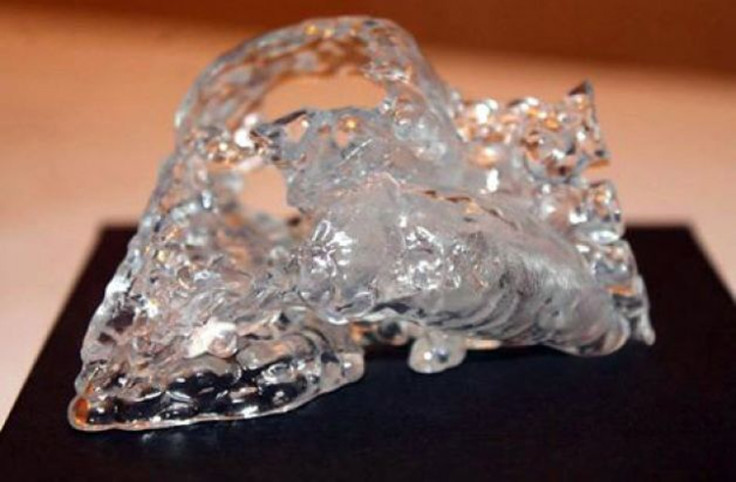3D-Printed Heart Helps New York Hospital Save Two-Week-Old Baby Without Performing Multiple Operations

Surgeons at the New York-Presbyterian Morgan Stanley Children's Hospital in Manhattan have used 3D-printing to save the life of a two-week-old baby born with a severe congenital heart defect (CHD) in just one operation, by practising surgery on a 3D-printed model of his heart.
CHD affects eight in every 1,000 newborns every year. While some CHDs do not need treatment, others require surgery and medication.
In this case, the baby was born with a heart riddled with holes, which would have caused the child a lot of medical problems if it was not fixed.
Usually in difficult cases like this, doctors have to stop the baby's heart, open the child's chest and look inside to try to decide how best to operate.
This could mean up to several operations as the child's body cannot be deprived of the oxygen that comes from constant blood flow for very long, so the doctors would have to examine the heart, then restart it.
They'd have to go away and plan the surgery, and if they weren't sure, they'd have to repeat the procedure, before coming back again to do the actual operation.
In this pioneering method, the surgeons took an MRI of the baby's heart and used the data to create a 3D model of the heart to be printed, with both the data and 3D-printing funded by congenital heart defect charity Matthew's Hearts of Hope.
The doctors were then able to rehearse extremely complicated surgeries on the tiny heart model, which is less than a third of the size of an adult hand.
"The baby's heart had holes, which are not uncommon with CHD, but the heart chambers were also in an unusual formation, rather like a maze," Dr Emile Bacha, head of cardiac surgery at Columbia Presbyterian Hospital, who performed the surgery, told 3DPrint.com.
"In the past we had to stop the heart and look inside to decide what to do. With this technique, it was like we had a road map to guide us. We were able to repair the baby's heart with one operation."

© Copyright IBTimes 2025. All rights reserved.






















